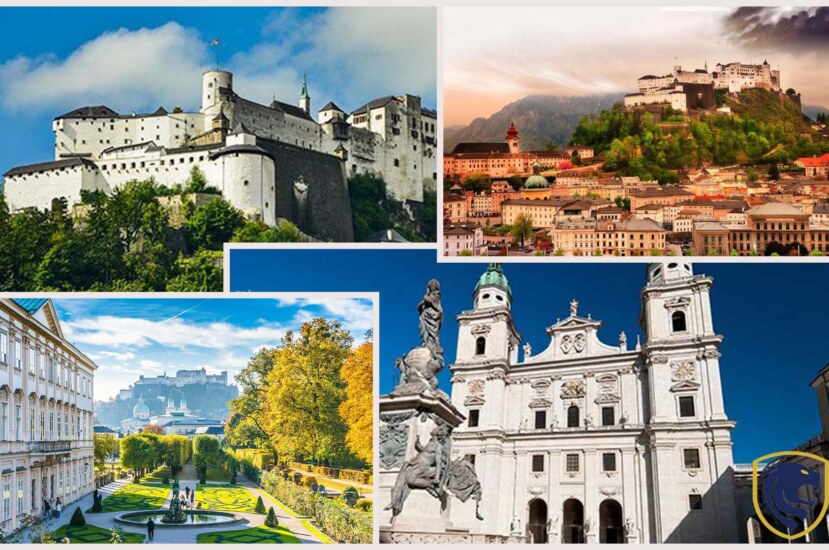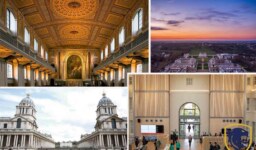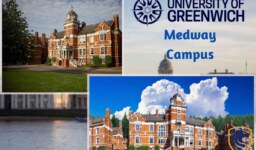Salzburg, located in the heart of Austria, features a historic city that has fascinated travelers for centuries. Salzburg, founded in the seventh century, prospered as an ecclesiastical city-state controlled by prince-archbishops. This one-of-a-kind governmental system left an everlasting effect on the architecture and culture of the city.
Moreover, Salzburg’s old city is now a UNESCO World Heritage Site, recognized for its extraordinary medieval urban fabric. Wander the lovely alleyways and see the Baroque façade of prominent sites such as the Salzburg Cathedral and the Hohensalzburg Fortress. So, step back in time and discover the magic of Salzburg, a city where history and culture interweave to create an unforgettable experience.
Hohensalzburg Fortress
The towering Hohensalzburg Fortress, which dominates Salzburg’s skyline, dates back to the 11th century. It boasts spectacular views of the city and the Austrian Alps from its perch atop Festungsberg Hill. The stronghold, which has grown throughout the years, has strong walls, towers, and courtyards that tell stories of medieval grandeur. The stronghold entices visitors with its historical significance and is accessible by a funicular or a difficult hike. Moreover, the state halls, such as the Golden Hall, ooze richness, displaying the riches and power of Salzburg’s kings.

Hohensalzburg Fortress
The Weapons Room of the citadel showcases an enormous armory from many times, offering insight into the development of combat. Within the citadel, the Marionette Museum showcases handcrafted puppets, providing a one-of-a-kind cultural experience. The fortress courtyard organizes activities ranging from concerts to medieval festivals, which provide a dynamic dimension to the historic setting. The Fortress of Hohensalzburg is not just a symbol of power. But also a cultural hub, allowing investigation into Salzburg’s past and panoramic views of its present.
Mirabell Palace and Gardens
Mirabell Palace and Gardens in Salzburg, a Baroque masterpiece, ooze ageless elegance. The summer house of Prince-Archbishop Wolf Dietrich was the 1606 palace. Its beautiful architecture, complete with massive marble hallways, represents the era’s grandeur. Behind the castle, the Mirabell Gardens, a symphony of groomed beauty, unfurl. They form a stunning backdrop when lined with sculptures and ornamented with vivid flowers. Moreover, the centerpiece, the Pegasus Fountain, provides a touch of classical beauty to the grounds. In addition, the Grand Parterre, a tiered part, features exquisite flower bed designs. Concerts and cultural activities are held at the Orangery, a historic greenhouse. The colorful sculptures in the Dwarf Garden give a humorous aspect to the surroundings.

Mirabell Palace and Gardens
The Gardens’ layout provides stunning views of the Hohensalzburg Fortress and the Salzach River. Mirabell Palace is culturally significant because it held Mozart concerts and was a filming site for “The Sound of Music.”
The palace is now used for weddings and formal occasions. The Mirabell Gardens, a favorite site for both locals and tourists, allow leisurely strolls and peaceful moments amidst Baroque magnificence. In conclution. Mirabell Palace and Gardens are a testimony to Salzburg’s creative legacy, welcoming tourists to enjoy the beautiful combination of architecture and environment.
Mozart’s Birthplace
Mozart’s Birthplace, a modest yellow cottage in Salzburg, is a popular destination for musicians. Wolfgang Amadeus Mozart, the great composer, was born here in 1756 and lived his early years inside these walls. His legacy is preserved by the mansion, which is now a museum. Personal possessions, pictures, and family artifacts are on show in the museum. The chambers where Mozart and his family resided can be explored by visitors. Also, the composer’s early musical influences are highlighted with original instruments, writings, and a clavichord. The exhibitions give insight into Mozart’s youth and the lives of his family. The 18th century living circumstances are faithfully replicated. In addition, string instruments, demonstrating Mozart’s virtuosity, are housed in the Violins Room.

Mozart’s Birthplace
The Mozarts’ living quarters reflect their humble existence. The Birth Room, where Mozart was born, inspires a sense of historical awe. Moreover, the museum recreates the atmosphere of the Mozart family’s daily life, providing insight into the origins of one of classical music’s greatest geniuses. Mozart’s Birthplace is a popular destination for music fans all around the world, offering an up-close look at the musical maestro’s life and origins. Also, the museum encourages visitors to enter the setting in which Mozart’s brilliance originally developed, maintaining the spirit of Mozart’s great contribution to classical music.
Salzburg Cathedral (Salzburger Dom)
The elegant Salzburg Cathedral, a Baroque masterpiece, adorns the cityscape. Its towering dome, a symbol of religious devotion, adorns the skyline. The cathedral, dedicated to Saint Rupert and Saint Virgil, dates back to the eighth century. The current cathedral, with its ornate exterior, was built in the 17th century. Moreover, the interior depicts the grandeur of the Baroque era, with paintings and ornate ornamentation. The large altar, dedicated to Saint Rupert, is the focus of worship.

Salzburg Cathedral (Salzburger Dom)
The Crypt of the Cathedral holds the tombs of archbishops as well as a sacred font. Also, with its stucco embellishments, the Residenz Chapel, an addition, displays creative grandeur. The lively Cathedral Square serves as a primary center. The cathedral’s bells ring out melodiously across the city. In addition, the facade has outstanding sculptures, including a figure of Saint Rupert. Salzburg Cathedral is both a spiritual sanctuary and a work of creative skill. In conclusion, it is a site where history, faith, and architectural magnificence come together, encouraging visitors to immerse themselves in Salzburg’s cultural inheritance.
Getreidegasse
Getreidegasse, a famous retail street, runs through the heart of Salzburg’s Old Town. Cobblestone walkways run past lovely facades with wrought-iron signage. Also, the street’s small lanes ooze medieval charm and enchantment. Getreidegasse is well-known for its lively stores, which provide a combination of classic and modern delights. Boutiques provide gorgeous clothing, handcrafted items, and scrumptious confections. Moreover, the vibrant environment is alive with residents and tourists discovering the different options.

Getreidegasse
A yellow home, Mozart’s Birthplace, gives cultural value to the street. Visitors frequently pause to admire the ornate architecture. Furthermore, the charm of the street extends beyond shopping; it is a visual treat with bright stores and ornamental embellishments.
The Golden Lane, a small side lane, begs to be explored further. Getreidegasse captures the heart of Salzburg’s Old Town, where history meets modern flare. The Street’s distinct appeal draws people looking for a great mix of commerce, culture, and architectural splendor. It is still an iconic destination, with every corner telling stories of Salzburg’s rich past and dynamic present.
Salzburg Residenz
The magnificent palace Salzburg Residenz is a testimony to the city’s magnificence. Exquisite Baroque and Renaissance decor may be found in the opulent apartments. Archbishops used to utilize this palace as a sign of their authority. The Residenzplatz is a large plaza with the eye-catching Residenz Fountain in the center. Also, the DomQuartier, a collection of museums, captures the historical significance of the Residenz. Visitors can see the state apartments, which are ornately decorated with stucco work and paintings. The Residenz Gallery is home to an impressive collection of European artworks. In the courtyard, the Carillon, a musical clock, chimes songs. Moreover, the Residence Square is a popular location for gatherings and performances.

Salzburg Residenz
The Residenz is still a cultural center, organizing exhibitions and cultural events. Also, highlight is the Rose Room, which features beautiful woodwork and a stunning ceiling fresco. The Residenzplatz Christmas Market turns the area into a magical winter paradise. An extension, the Alte Residenz, welcomes visitors into the archbishop’s private quarters. The Glockenspiel, a 35-bell carillon, lends a melodic touch. In conclusion, Salzburg Residenz, with its rich tapestry of art and history, encourages visitors to meander around the opulent halls and soak in the atmosphere of Salzburg’s noble past.




